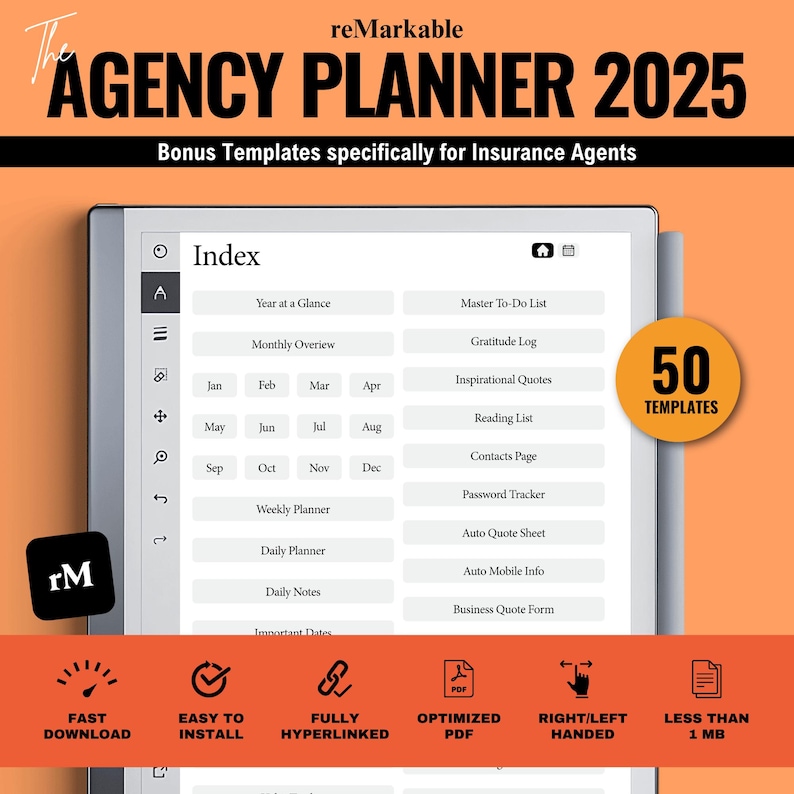When it comes to insurance, many of us focus on obvious factors like age, driving habits, or health history. But there’s a quieter, often overlooked element playing a big role behind the scenes: your location. Where you live can subtly influence the cost of your insurance—sometimes in surprising ways. From local crime rates to weather patterns and even neighborhood claims history, these geographic details shape the prices you see on your bill. In this article, we’ll explore how your surroundings quietly mold your insurance costs and what that means for you, helping you understand the hidden connections between place and price.
Table of Contents
- How Neighborhood Crime Rates Influence Your Premiums
- The Role of Local Weather Patterns in Shaping Insurance Costs
- Understanding Regional Healthcare Costs and Their Impact on Policies
- Tips for Choosing a Location That Supports Affordable Insurance Rates
- Future Outlook
How Neighborhood Crime Rates Influence Your Premiums
Insurance companies often analyze localized crime data to assess the level of risk associated with a particular address. High crime rates in an area—especially property-related crimes like burglary, vandalism, and theft—can signal a greater chance of claims being filed. This leads insurers to adjust premiums to reflect the added risk. Even if your property is well-maintained and secure, simply residing in a neighborhood with elevated crime statistics may quietly push your insurance costs higher.
Some factors insurers scrutinize include:
- Frequency of break-ins and thefts reported within a specific radius
- Incidences of property damage or vandalism in your area
- Overall neighborhood safety scores based on recent crime trends
Understanding that these subtle, location-based risks are baked into your premiums can empower you to take proactive steps. Enhancing security, engaging with community watch programs, or even choosing a safer micro-neighborhood can not only improve your peace of mind but also help manage those hidden cost drivers.
The Role of Local Weather Patterns in Shaping Insurance Costs
Local weather patterns have a subtle yet powerful influence on the premiums you pay for insurance. Areas prone to frequent storms, hurricanes, or heavy rainfall often see higher costs because insurers anticipate more claims for property damage or flooding. Conversely, regions with milder climates might enjoy lower rates, simply because the likelihood of weather-related damage decreases. This dynamic shows why understanding the climate nuances of your neighborhood is crucial—not just for everyday living but for the financial protection you secure through insurance.
Factors Influencing Insurance Due to Weather:
- Seasonal Storm Frequency: Areas with a history of frequent storms experience riskier conditions, leading to elevated insurance premiums.
- Temperature Extremes: Both intense heat and cold can cause structural damages such as cracked pipes or roof problems, affecting insurance rates.
- Flood Zones: Proximity to bodies of water or poor drainage elevates flood risk, often requiring specialized coverage at a higher cost.
- Humidity Levels: Constant high humidity can foster mold growth, increasing claims related to health and property repairs.
Understanding Regional Healthcare Costs and Their Impact on Policies
When it comes to healthcare costs, one size definitely does not fit all. Regional differences in medical pricing stem from a tapestry of factors — from the concentration of healthcare providers in an area to local economic conditions and even state regulations. For example, urban centers with high demand for specialized services often see soaring prices, while rural regions might experience lower costs but face fewer healthcare options. These disparities quietly shape the premiums you pay, the coverage you receive, and ultimately, the quality of care accessible to your family.
Policy makers must navigate this complex landscape with a nuanced approach that reflects these localized realities. They consider elements such as:
- Healthcare infrastructure availability and provider competition
- Regional prevalence of chronic diseases and demographic shifts
- Variation in state-level mandates and insurance regulations
- Economic factors impacting residents’ ability to afford care
Only by understanding how these regional differences influence costs can meaningful reforms be crafted to ensure fairness and sustainability in health coverage nationwide.
Tips for Choosing a Location That Supports Affordable Insurance Rates
When it comes to securing affordable insurance, the place you call home speaks volumes. Areas with lower crime rates tend to have more reasonable premiums, as insurers view them as less risky. Additionally, regions with fewer natural disasters like floods, hurricanes, or wildfires can significantly reduce your insurance expenses. It’s essential to research not just the price of living but also the historical data on claims and incidents. Choosing a neighborhood with strong community safety programs and robust infrastructure can be a game-changer for your wallet.
Don’t overlook the impact of local regulations and market competition on your insurance costs. Some states or cities have insurance-friendly laws that help keep rates in check, while others might have sparser provider options leading to higher prices. Also, easy access to emergency services—such as fire departments and hospitals—can lower risk profiles and, consequently, premiums. Here’s what to keep an eye on:
- Crime statistics and neighborhood safety ratings
- Frequency and risk of local natural disasters
- Density and responsiveness of emergency services
- State and local insurance regulations
- Number and competition among insurance providers
Future Outlook
As we’ve explored, your location is more than just a dot on the map—it’s a subtle but powerful factor that quietly influences your insurance costs. Understanding how where you live shapes your premiums empowers you to make smarter choices, whether that’s shopping around for better rates, investing in safety measures, or simply being more aware of the risks unique to your area. Insurance can feel complex and impersonal, but recognizing the role of your environment helps bring a little clarity and control back to the process. So next time you review your policy or move to a new spot, remember: location isn’t just about convenience or lifestyle—it’s a key piece in the insurance puzzle that deserves your attention. Stay informed, stay protected.






